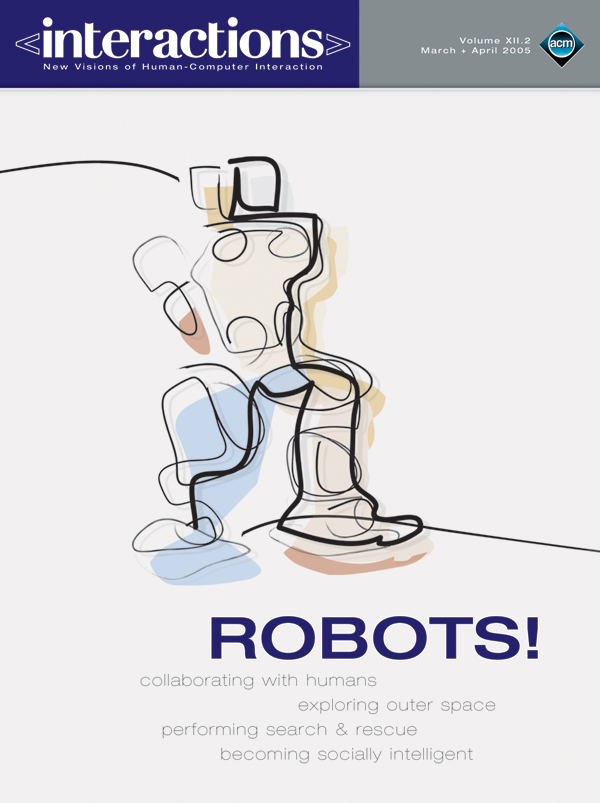Authors:
William Hudson
There has always been a difficult balance in the amount of choice offered to consumers. Too little choice means a store may be omitting services or products important to some users (and worse still, that a competitor might include). Too much choice adds complexity with increased potential for confusing or frustrating potential purchasers. This may sound like a big enough challenge to cope with, but according to Barry Schwartz, the author of The Paradox of Choice, the difficulty I have just described is only the tip of the iceberg. While Schwartz deals primarily with choice outside the digital world,…
You must be a member of SIGCHI, a subscriber to ACM's Digital Library, or an interactions subscriber to read the full text of this article.
GET ACCESS
Join ACM SIGCHIIn addition to all of the professional benefits of being a SIGCHI member, members get full access to interactions online content and receive the print version of the magazine bimonthly.
Subscribe to the ACM Digital Library
Get access to all interactions content online and the entire archive of ACM publications dating back to 1954. (Please check with your institution to see if it already has a subscription.)
Subscribe to interactions
Get full access to interactions online content and receive the print version of the magazine bimonthly.







Post Comment
No Comments Found